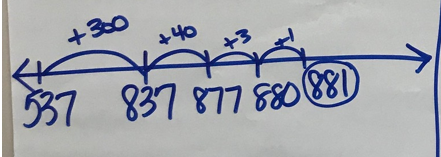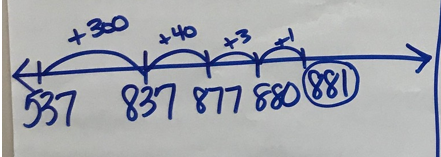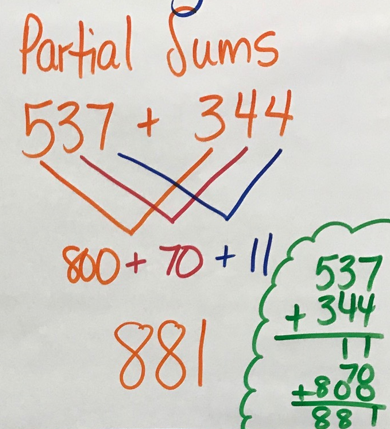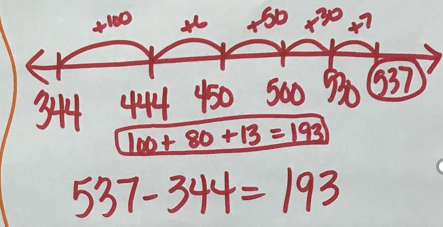- Author:
- DAWNE COKER
- Subject:
- Mathematics
- Material Type:
- Diagram/Illustration, Reference Material, Teaching/Learning Strategy
- Level:
- Lower Primary
- Tags:
- License:
- Creative Commons Attribution
- Language:
- English
- Media Formats:
- Downloadable docs
Education Standards
T4T Addition & Subtraction Anchor Charts

Overview
This resource is from Tools4NCTeachers.
This file contains sample anchor charts to create with students. Anchor charts are to be made with students, then displayed as a classroom reference. Parents may also benefit from seeing anchor charts, as they provide a snapshot into the math class.
Remix this resource to include pictures of your own anchor charts.
Here is a sample of this resource. Click the attachments to download the fully-formatted suggestions for anchor charts.
2nd Grade Addition and Subtraction Anchor Chart Examples
- Teachers and students work together to generate anchor charts on specific mathematical concepts.
- Display these anchor charts in the classroom for students to refer to throughout lessons.
- Parents can also benefit from these anchor charts, as they are snapshots of vital information their child is learning.
- Teachers can include photos of anchor charts in newsletters, emails, and any other communications they have with parents.
- Anchor charts are not posters, created by teachers and then posted in the classroom for reference. They are co-created and represent learning shared among the class.
- Below, there are pictures of anchor chart examples. These are not comprehensive for the content in these standards. They are included for teachers get an idea of how some anchor charts for the content in this cluster may look.
NC.2.NBT.1, NBT.6 & NBT.7 |
NC.2.NBT.1 Understand that the three digits of a three-digit number represent amounts of hundreds, tens, and ones.
NC.2.NBT.6 Add up to three two-digit numbers using strategies based on place value and properties of operations. NC.2.NBT.7 Add and subtract, within 1,000 relating the strategy to a written method, using:
|

Example: 537 + 344 = ____
Adding in Parts on the Number Line
Addition Representations
Example: 537 + 344 = ____
Adding by place value:
Expanded form (below, left) and decomposing by place value (below, right) is an expected strategy in 3rd grade. In 2nd grade if you want students to use these strategies they should be accompanied by pictures of base ten blocks or physical base ten blocks.


Subtraction
Example: 537 – 344 = ___

Adding Up on the Number Line
Student starts at 344 and adds up to 537.
Using Place Value to Subtract:
537 – 344
The strategy below (expanded form) is an expected strategy in Third Grade. If students use this strategy it should be accompanied by pictures of base ten blocks or physical base ten blocks.
